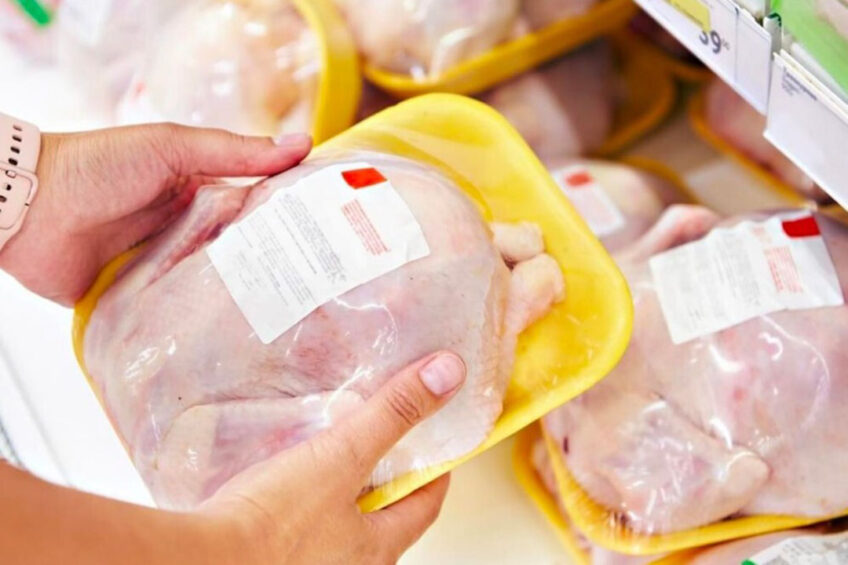Mexico: poultry imports down 6%

Mexico imported 6.3% less poultry meat (354,431 tonnes) between January and May this year compared to the same period in 2021, according to the Grupo Consultor de Mercados Agrícolas (GCMA).
At same time, the cost of these purchases increased by 11.3%, up to US$496 million, because the price per tonne, year-on-year, rose 18.8%, amounting to US$1,399.
During the first 5 months of the year, the US continued to be the largest supplier for Mexican market, with an 83.6% share. But, due to the embargo around avian influenza, total volume purchased from the US dropped by 12% to 296,267 tonnes.
In contrast, Brazil, which is the second most important player in the Mexican market, increased its shipments by 55.1%, reaching 48,478 tonnes, equivalent to 13.7% of Mexican imports.
Internal market
Mexico produced 3.6 million tonnes of poultry meat in 2021 and, by the end of 2022, this is expected to increase by 3% to 3.7 million tonnes.
In the case of eggs, production in 2021 totaled 3.04 million tonnes. In 2022, this volume will rise to 3.07 million tonnes, derived from 1% growth. Together, poultry meat and eggs represent 62.8% of livestock production in Mexico.
Poultry exports from Mexico
The 3 main markets for Mexican chicken meat reduced their demand. Nonetheless, shipments remained stable with a double case value in comparison to 2021.
Mexican exports drop 0.3% in the tonnage and rose of 93.5% in revenues, ending at 1,637 tonnes for US$2.8 million. Vietnam, Hong Kong and Congo are the main destinations for Mexican poultry.
Cuba
The Asociación Nacional de Establecimientos Tipo Inspección Federal (ANETIF) reported in June that 16 new units in Mexico has received authorisation to export to Cuba. In addition, another 14 had their authorisation renewed.
In 2021, the Mexican meat industry exported more than 8,000 tonnes of poultry and pork meat products to Cuba.
The establishments are located in Mexico City, Chihuahua, Coahuila, Durango, Guanajuato, Jalisco, State of Mexico, Michoacán, Nuevo León, Puebla, San Luis Potosí, Sinaloa, Sonora, Veracruz and Yucatan.












